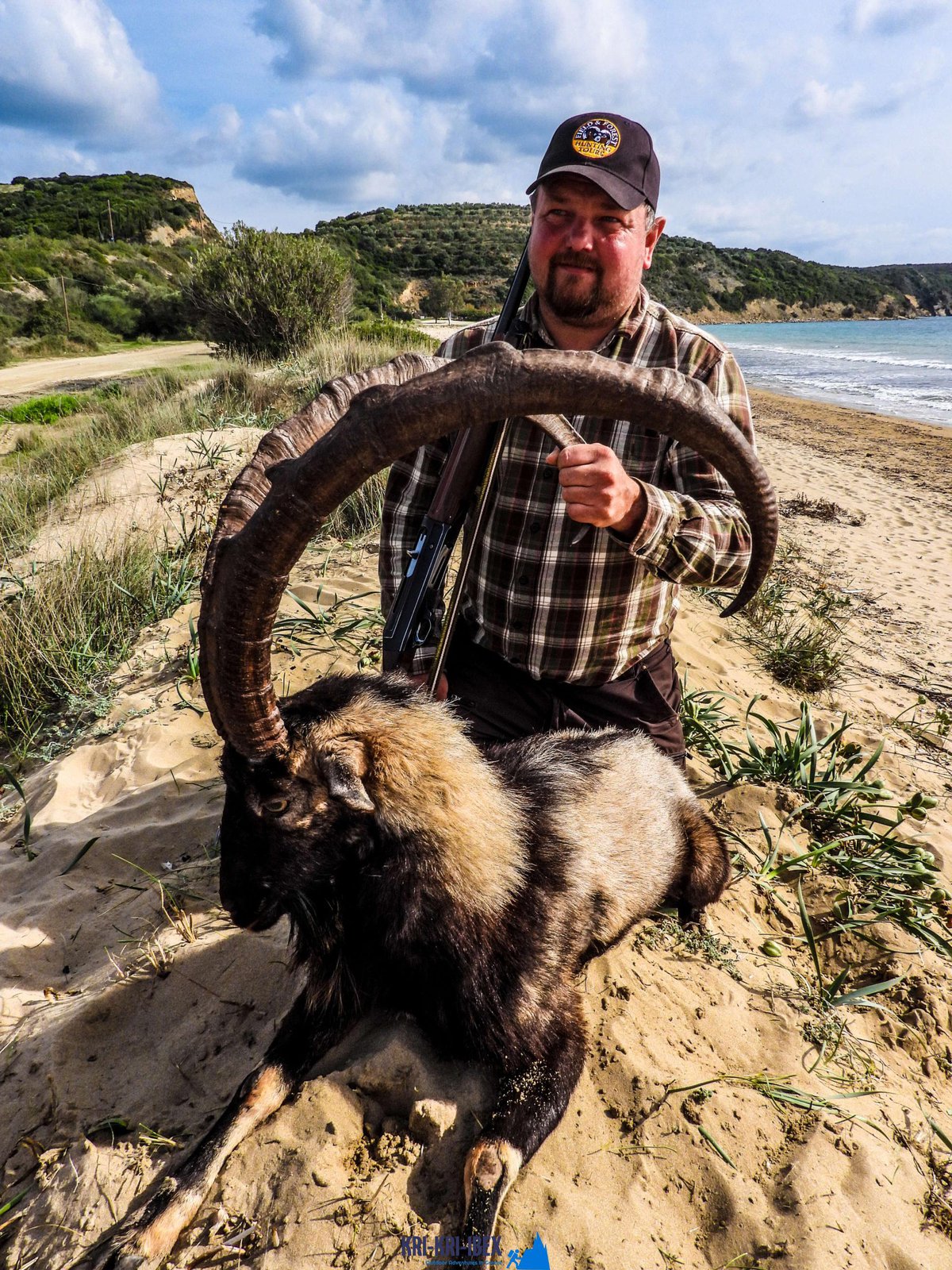Kri kri ibex hunting in Sapientza island, Greece
Kri kri ibex hunting in Sapientza island, Greece
Blog Article

To many people, The Peloponnese peninsula on the Greek Mainland is the 'actual' Greece, where points have not changed much in any way over the centuries although that many individuals have actually found it. This is a location where you might easily spend a month or more yet if you are short in a timely manner after that our searching and also visiting Peloponnese Tours from Methoni is a fantastic solution. The Peloponnese peninsula has something for everyone with its various activities and tourist attractions.

Hunting the kri kri ibex in Greece is a difficult task for both neighborhood as well as international hunters. Searching huge game in Greece is limited for international seekers, apart from wild boars as well as roe deer, which might just be pursued in protected searching areas. The kri kri ibex, an unusual goat varieties belonging to Greece, may be pursued on 2 separate islands 140 miles east of Athens and also 210 miles west of Athens. On these hunts, kri kri ibex as well as mouflon might only be hunted in the early morning and also very early mid-day, in accordance with Greek regulation. Only shotguns are allowed, and only slugs might be utilized. If you want to go on among these tours, you need to reserve at least a year beforehand. The licenses are given by the Greek Ministry of Nature and also Agriculture as well as are provided by the federal government. Only serious hunters might join these pursues, so the licenses are limited by the government.
On our Peloponnese trips, you'll reach experience all that this amazing region needs to provide. We'll take you on a tour of some of the most attractive and historic websites in all of Greece, including ancient damages, castles, as well as more. You'll likewise get to experience some of the typical Greek culture firsthand by delighting in several of the tasty food and also red wine that the area is understood for. And also of course, no trip to Peloponnese would be complete without a dip in the sparkling Mediterranean Sea! Whether you're a skilled seeker seeking a brand-new journey or a novice vacationer just seeking to check out Greece's spectacular landscape, our Peloponnese scenic tours are excellent for you. What are you waiting for? Schedule your trip today!
If you're trying to find a genuine Greek experience, then look no further than our exterior searching in Greece with fishing, and free diving tours of Peloponnese. This is a remarkable way to see everything that this outstanding area has to supply. Schedule your scenic tour today!
What is the diference between Kri Kri ibex, Bezoar ibex and hybrid ibex
The kri-kri is not thought to be indigenous to Crete, most likely having been imported to the island during the time of the Minoan civilization. Nevertheless, it is found nowhere else and is therefore endemic to Crete. It was common throughout the Aegean but the peaks of the 8,000 ft (2,400 m) White Mountains of Western Crete are their last strongholds–particularly a series of almost vertical 3,000 ft (900 m) cliffs called ‘the Untrodden’—at the head of the Samaria Gorge. This mountain range, which hosts another 14 endemic animal species, is protected as a UNESCO Biosphere Reserve. In total, their range extends to the White Mountains, the Samaria National Forest and the islets of Dia, Thodorou, and Agii Pandes.
This Ibex is NOT a diminutive form of the Bezoar Ibex, which has migrated into the western-most reach of the range of this species. The kri – kri (Capra aegagrus cretica), sometimes called the Cretan goat, Agrimi, or Cretan Ibex, is a feral goat inhabiting the Eastern Mediterranean, previously considered a subspecies of wild goat. The kri-kri has a light brownish coat with a darker band around its neck. It has two horns that sweep back from the head. In the wild they are shy and avoid tourists, resting during the day. The animal can leap some distance or climb seemingly sheer cliffs.
“The agrimi goat Capra aegagrus cretica is unique to Crete and its offshore islands. It has been identi®ed as a sub-species of the wild bezoar goat Capra aegagrus aegagrus Erxleben, 1777, which it closely resembles in horn shape, body form and coloration. This classi®cation has been disputed by some researchers who claim that the agrimi are feral goats, derived from early domestic stock brought to the island by the ®rst Neolithic settlers. In order to clarify this issue, DNA analyses (cytochrome b and D loop sequences) were carried out on tissue of live and skeletonized agrimi and compared to sequences of wild and domestic caprines. Results conclusively show the agrimi to be a feral animal, that clades with domestic goats (Capra hircus) rather than with wild Asiatic bezoar. This study demonstrates that morphometric criteria do not necessarily re¯ect genetic af®nities, and that the taxonomic classi®cation of agrimi should be revised.”
Report this page